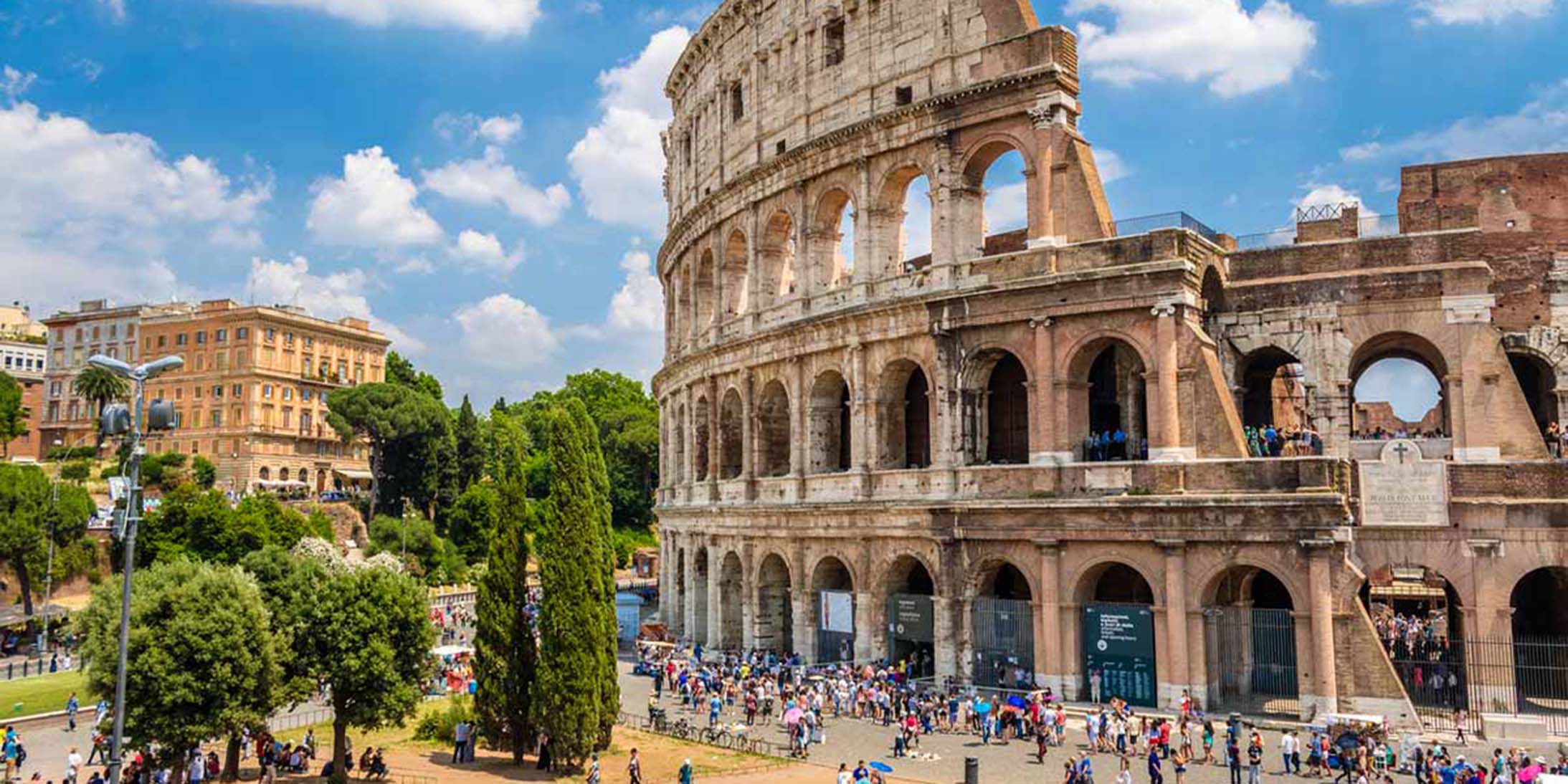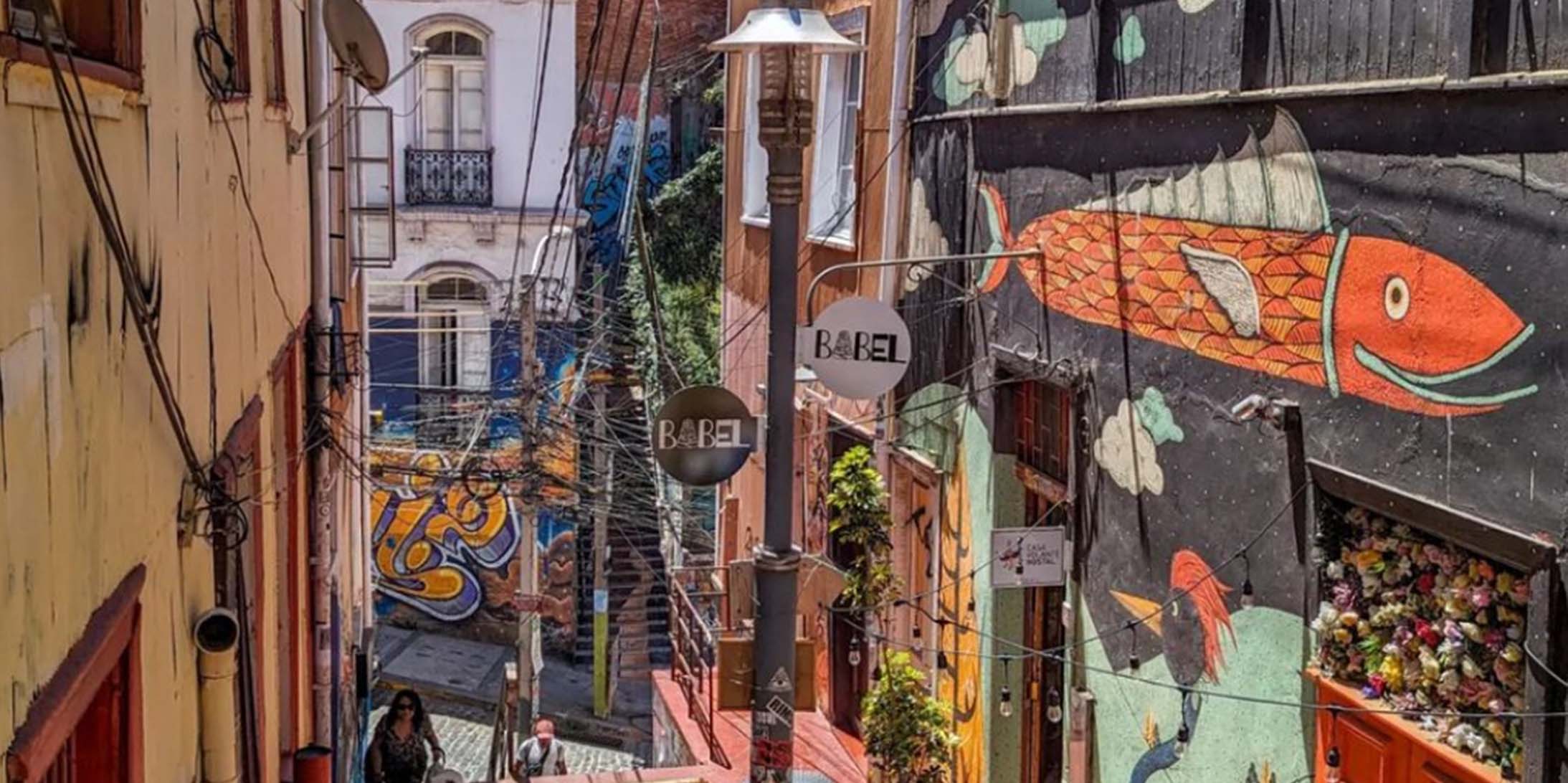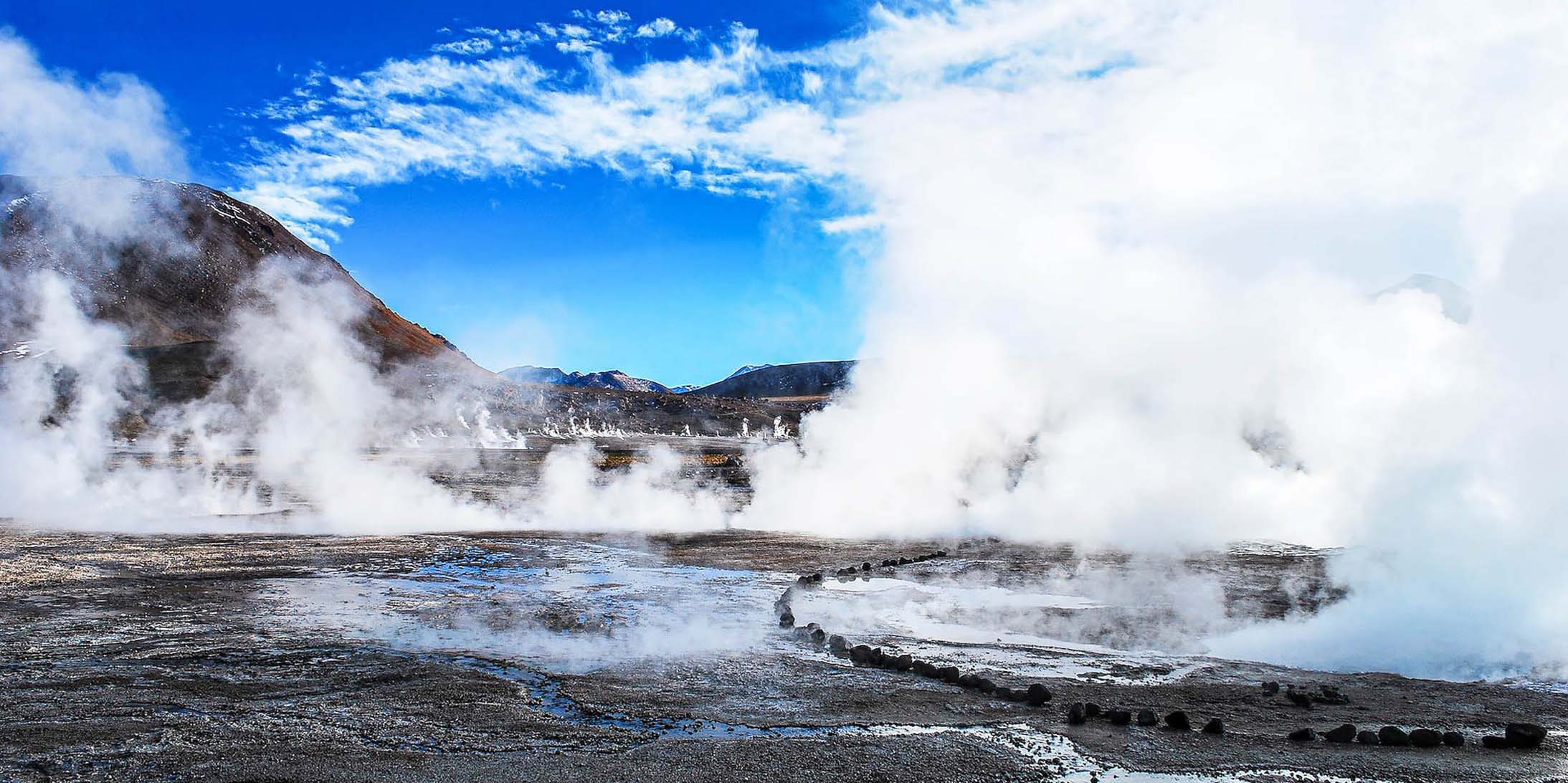Rome, a city that echoes with the grandeur of its ancient past, is known worldwide for landmarks like the Colosseum, the Vatican, and the Pantheon. But after visiting these iconic sites, you might wonder: what’s next? I found that the true magic of Rome lies in its hidden corners, where history, art, and Roman life intersect in unexpected and often quieter ways. Beyond the throngs of tourists and selfie sticks, I set out on a journey to uncover Rome’s hidden gems—those special places that capture the essence of the Eternal City in a way the guidebooks sometimes miss. Here are six must-see attractions that will give you a deeper understanding of Rome, away from the usual tourist trails.
1. The Aventine Keyhole (Il Buco di Roma)
Nestled on the peaceful Aventine Hill, far from the busy streets of Rome, is a small but captivating surprise: the Aventine Keyhole. I remember walking up the hill, passing quiet streets lined with fragrant orange trees, before arriving at the Piazza dei Cavalieri di Malta. There, seemingly unremarkable, stood a large green door. But this is no ordinary door; peeking through its keyhole offers a perfect view of St. Peter’s Basilica, framed by the well-kept hedges of the Knights of Malta’s garden.
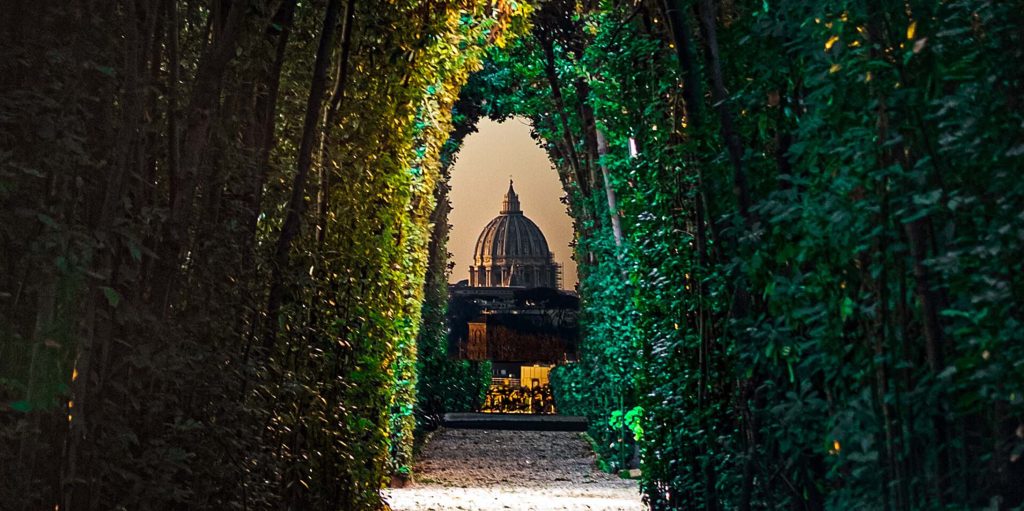
It felt surreal. The view was almost like looking into a secret world, where time stood still. No crowds, no noise—just the perfectly framed dome of St. Peter’s in the distance. It’s a fleeting moment, but one that captures Rome’s blend of hidden beauty and grandeur. Afterward, I strolled through the nearby Giardino degli Aranci (Orange Garden), a small public park with panoramic views over the city, where I could take my time soaking in the Roman skyline.
2. Basilica di San Clemente
While many visitors flock to St. Peter’s or the Pantheon, I found a hidden treasure just a few blocks from the Colosseum: the Basilica di San Clemente. What makes this church so unique is that it’s like stepping into a time machine. It’s not just one church but a complex of three layers, each from a different historical period.
As I descended from the 12th-century basilica into the 4th-century church below, I marveled at how the layers of history came to life before my eyes. Faded frescoes adorned the walls, and I could almost imagine the early Christians gathering here. But the true surprise was the lowest level, where I discovered remnants of a 1st-century Roman house and a Mithraeum, an ancient temple dedicated to the mysterious god Mithras. The smell of damp stone and the eerie, dim lighting made the experience feel like I had uncovered a secret buried deep within Rome’s foundations.
3. Villa Doria Pamphili
If you’re craving a break from Rome’s hustle and bustle, Villa Doria Pamphili is the perfect escape. Located in the Trastevere area, this sprawling park is the largest public park in Rome, yet it remains largely off the tourist radar. I stumbled upon it one morning while looking for a quiet place to relax, and what I found was more than I expected.
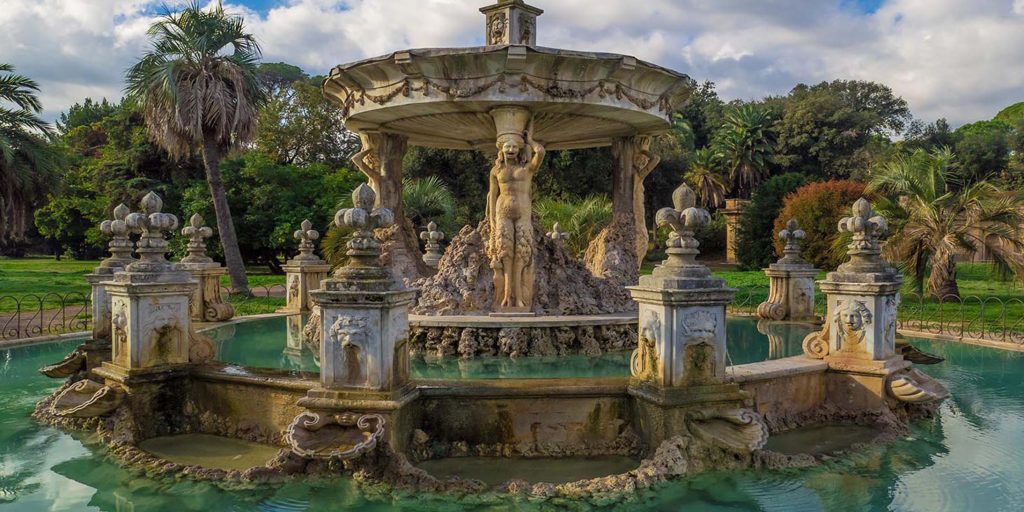
The park’s expansive gardens, ancient trees, and serene atmosphere make it an ideal spot for a leisurely stroll or a picnic. As I wandered through the shaded paths, I discovered Villa Pamphili, a stunning Baroque villa surrounded by manicured gardens. Though the villa is not open to the public, the beauty of the exterior and the peacefulness of the surrounding park make it worth the visit.
Locals were jogging, families picnicking, and couples enjoying the tranquil setting. I felt like I had discovered a slice of authentic Roman life, away from the tourist crowds. The air was fresher here, and I could hear the sounds of birds rather than the honking of traffic.
4. Palazzo Doria Pamphilj
One of Rome’s lesser-known palaces, the Palazzo Doria Pamphilj, hides in plain sight on Via del Corso, one of Rome’s busiest shopping streets. I had passed by it several times without realizing the treasure that lay within. The palace is still privately owned by the Doria Pamphilj family, and what’s remarkable is that much of it remains intact, offering a rare glimpse into the life of Roman nobility.
Walking through the lavish halls, I was surrounded by opulent furnishings, glittering chandeliers, and walls adorned with masterpieces by the likes of Caravaggio, Velázquez, and Titian. The highlight, though, was Velázquez’s portrait of Pope Innocent X, one of the most striking portraits I’ve ever seen. The audio guide provided by the palace offered insightful stories, often narrated by a member of the Doria Pamphilj family themselves, which made the visit feel even more personal.
The palace’s courtyard, with its peaceful garden and fountains, was a welcome retreat from the chaos of Via del Corso just outside. I sat there for a while, feeling like I had stepped back into the Renaissance.
5. Quartiere Coppedè
Rome is known for its ancient ruins and Baroque architecture, but Quartiere Coppedè offers something entirely different. This quirky and whimsical neighborhood, designed by architect Gino Coppedè in the early 20th century, is a hidden architectural gem that feels like stepping into a fairytale.
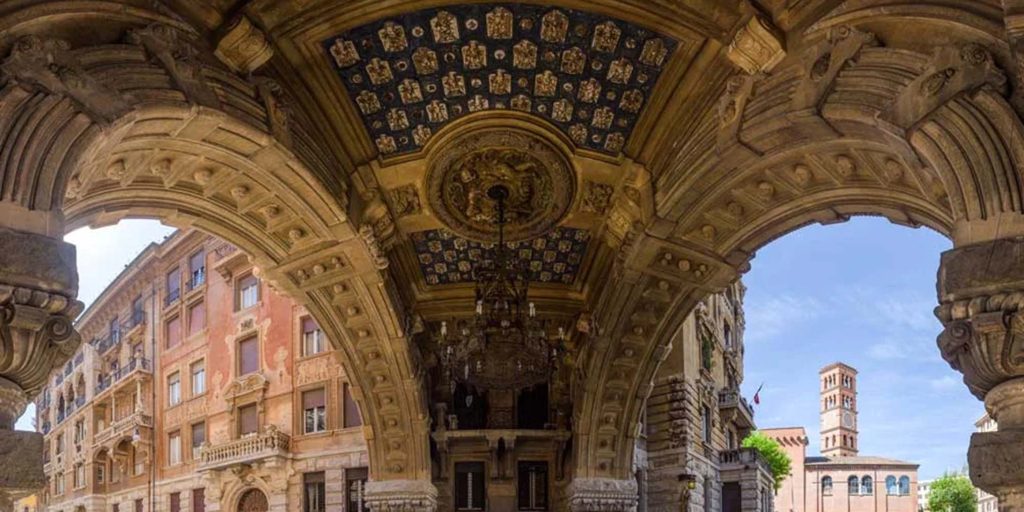
As I wandered through the area, I couldn’t help but be captivated by the fantastical mix of Gothic, Art Nouveau, and medieval styles. The centerpiece is the Piazza Mincio, where you’ll find the Fountain of Frogs (Fontana delle Rane), a charming fountain that gives the square a magical feel. The buildings around the square are adorned with intricate carvings, turrets, and mythical creatures, making every corner a new discovery.
This part of Rome is so different from anything else in the city that it feels almost surreal. I didn’t encounter many tourists here, just a few locals going about their day, which made the experience feel even more special. Quartiere Coppedè is a reminder that Rome is a city full of surprises, even in its quietest neighborhoods.
6. Pyramid of Cestius
Tucked away near the Protestant Cemetery in the Testaccio district is one of Rome’s most unusual monuments: the Pyramid of Cestius. Yes, a pyramid in Rome! Built around 12 BC as a tomb for Gaius Cestius, a wealthy Roman magistrate, this 36-meter-tall pyramid is a striking reminder of ancient Rome’s fascination with Egypt.
I stumbled upon the pyramid while exploring the nearby Protestant Cemetery, where notable figures like the poet John Keats are buried. The pyramid stands in stark contrast to the surrounding Roman architecture, its white marble exterior gleaming in the sunlight. Though the pyramid itself is not open to the public, its unique presence in the city is a testament to the eclectic nature of Rome’s history.
After visiting the pyramid, I wandered through the Protestant Cemetery, one of the most peaceful places I’ve found in Rome. The cemetery is beautifully maintained, with towering cypress trees and fragrant flowers, and offers a quiet place to reflect away from the crowds.
Rome is a city that constantly reveals itself to those willing to look beyond the obvious. While the Colosseum, Vatican, and Pantheon are undoubtedly magnificent, these hidden gems offer a more intimate glimpse into Rome’s layered history and diverse architecture. From ancient ruins buried beneath churches to whimsical neighborhoods that feel like fairytales, these six attractions gave me a deeper appreciation for the Eternal City.
The beauty of Rome is that it’s never fully explored. No matter how many times you visit, there’s always another secret waiting to be uncovered, another quiet corner to be discovered.
